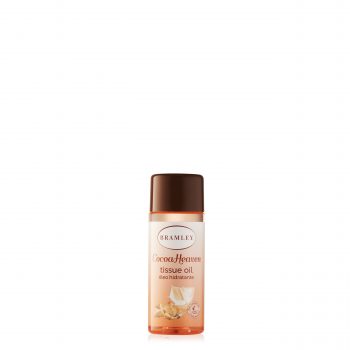Autumn is slowly making its way in and as we already every new phase of our lives requires a little adjustment. The same is true about our skincare regimen. Each season requires something a little different, and yes it may be a little frustrating. When you seem to find a regimen that works, you suddenly have to make some changes.
The transition seasons like autumn and spring can sometimes test your skin the most. That’s because the change from warm to cold, and cold to warm may come on suddenly, leaving you with inflammation, dryness and discomfort.
Caring for your skin during the change of season simply means potentially adding a few extra steps and a few extra products, but with these small changes, you can enjoy healthy, moisturised skin all year long.
But alas, we’ve done the digging for you, so you don’t have to. Here’s a guide to help you get your skin to adapt to the transition a little easier.
Why does your skin need extra care in Autumn?
Colder weather and dry skin and hair oftentimes go hand-in-hand. The dip in humidity during autumn and winter means there is less moisture in the air, which means your skin has less moisture to draw from. This may leave skin feeling dry, irritable and even flaky.
When the environment changes, the skin has to work harder to maintain moisture and adjust to new demands.
How to care for your skin in Autumn
Use a gentle cleanser
Avoid harsh cleansers that can strip your skin of its natural oils, which are essential for keeping your skin hydrated. Opt for a gentle, hydrating cleanser that will cleanse your skin without drying it out.

Image credit: Pexels
Exfoliate regularly
A build-up of dead skin cells on the surface level of the skin can leave it looking dull. This is why exfoliation is so important.
Depending on your skin’s specific needs, you may need to exfoliate every second day or twice a week. We recommend starting with twice a week. You can always work your way up, if necessary.
Try Bramley Shea Butter Exfoliating Scrub for exfoliation. It can be used all over the body – including the face. Shea Butter is known for its ability to protect and regenerate the skin. It contains high concentrations of fatty acids and vitamins, making it an ideal ingredient for softening skin, plus, it has anti-inflammatory and healing properties.
Moisturize, moisturize, moisturize!
Sometimes your skin can become dry, even flaky, due to the drop in temperature and humidity during autumn and winter. Replenish lost moisture by applying moisturizing products that are rich in hydrating ingredients like vitamin E and essential fatty acids. We recommend applying your favourite moisturizing product daily, especially after a bath or shower when your skin is still damp.

Image credit: Supplied
Try tissue oils like Bramleys, which are enriched with Bio-Pharm oil (exclusive to Bramley) and vitamin E, and are suitable for everyday use. Designed to improve skin health and texture, they’re effective in combatting dryness, stretch marks, scars and uneven tone.
Protect your skin from the sun
Even though the days are getting shorter, UV rays can still damage your skin. Apply a broad-spectrum sunscreen with at least SPF 30 every day, especially if you spend a lot of time outdoors.
Hydrate from the inside
Drink plenty of water to keep your skin hydrated from the inside out. Hydration is essential for maintaining healthy skin, so aim to drink at least 8 glasses of water a day.
Consider using a humidifier
Indoor heating can further dry out your skin. Using a humidifier can help to add moisture back into the air, which can prevent your skin from becoming too dry.
Our skin is a creature of habit – it loves consistency. Taking a little bit of extra time to care for your skin during the transition from summer to autumn will ensure it stays soft, moisturized and healthy.
ALSO SEE:
Feature image: Pexels

